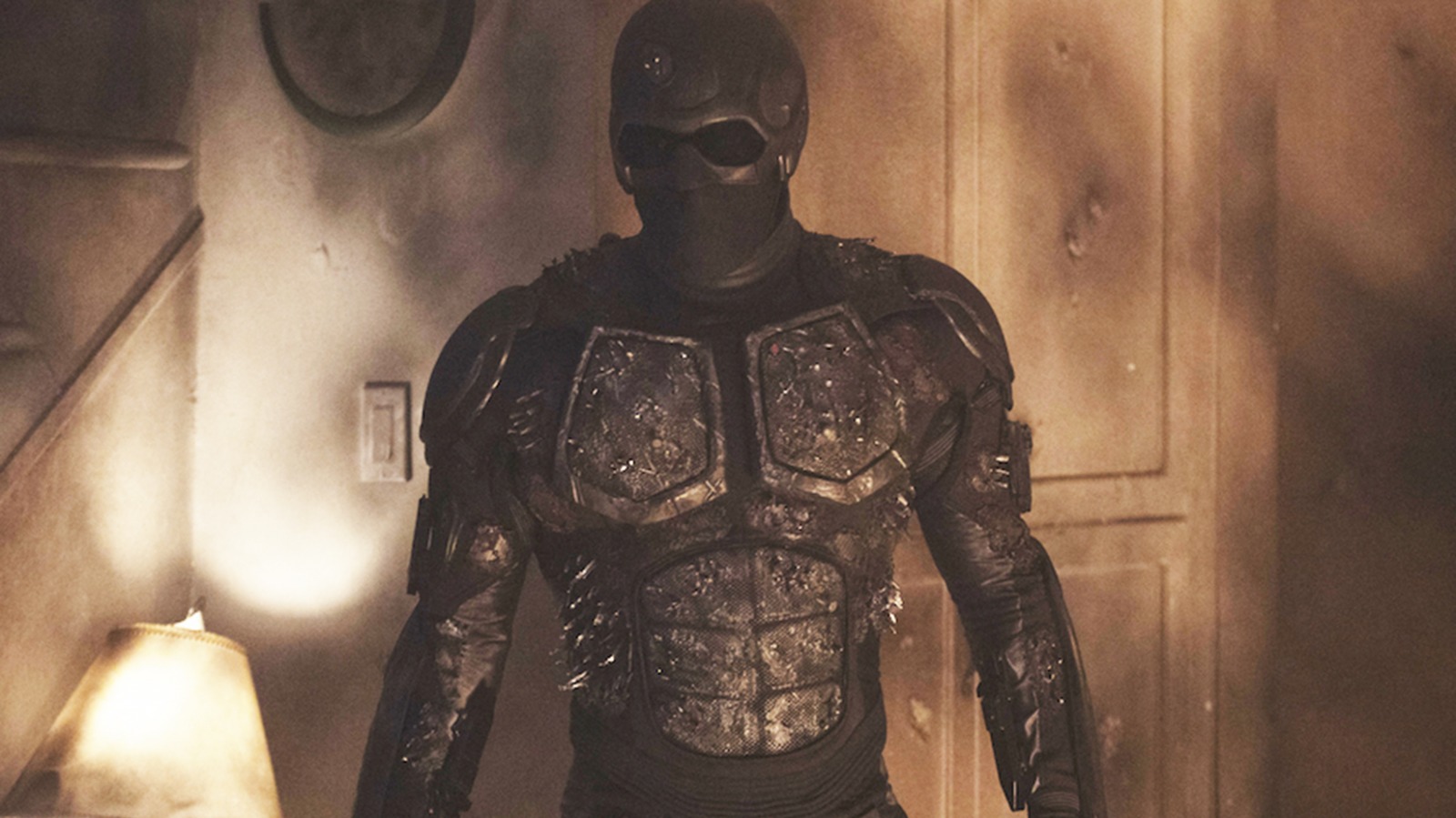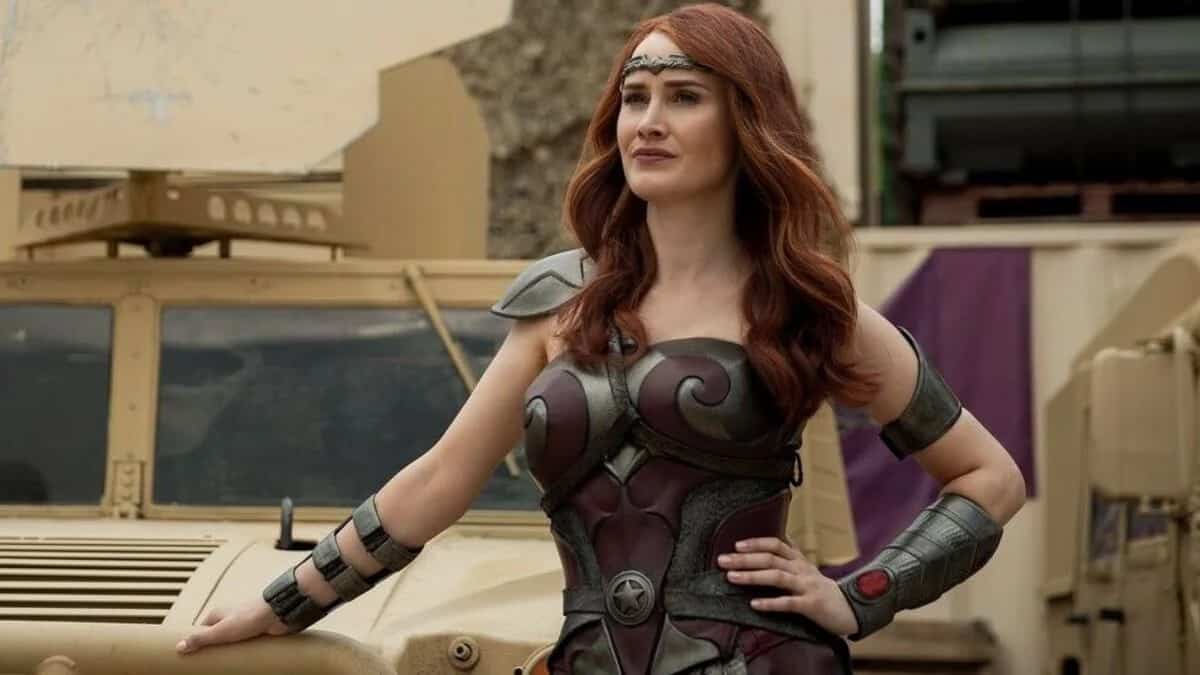


The Boys: Major Differences Between Amazon's Series And The Original Comic
The Boys, Amazon’s superheroes-aren’t-so-super series, is based on a comic by Garth Ennis. However, the show takes several creative liberties that set it apart from the source material. How do these changes impact the storytelling and character development? In this article, we will explore the key differences between Amazon’s The Boys TV series and the original comic.
The series primarily focuses on a group of vigilantes known as The Boys, who seek to take down corrupt superheroes. While the comic book series delivers a satirical take on the superhero genre, the show adapts this narrative for a broader audience, resulting in significant modifications to character arcs and plot elements. By examining these differences, viewers can gain a deeper understanding of the creative choices made by the show's writers and producers.
As we delve into the various aspects of the series and comic, it's important to consider how these changes affect the overall tone and message. The Boys challenges the traditional superhero narrative, prompting viewers to question the morality of those who wield power. Let's take a closer look at the major differences that distinguish Amazon’s adaptation from Garth Ennis's original vision.
What You Will Learn
- Only Kimiko possesses permanent superpowers in the series, unlike the comic where every member of The Boys has them.
- Hughie is portrayed as an American character in the show, while in the comics, he is Scottish.
- Frenchie and Kimiko have a deeper backstory in the comics, having worked together longer and displaying more extreme behaviors.
- Compound V’s distribution and effects differ significantly between the two adaptations, impacting the origin of superheroes.
- Character portrayals, such as Joe Kessler and Butcher's wife, reflect different motivations and backgrounds in the series compared to the comic.
A List of All Major Differences Between The Boys on Amazon and the Original Comic
The Series Strips The Boys of Their Super-Strength
One of the major differences between Amazon’s The Boys and the comic is that, in the show, only Kimiko has permanent superpowers. In the comic, every member of The Boys has them. Either they were born with them, or Butcher arranged for them to be injected with Compound V. So, while they might not be able to go toe to toe with Homelander, they could beat the living daylights out of most other superheroes.
Taking those powers away, however, makes sense in the context of the series. It helps create a sense of tension, something that tends not to factor into the comics. It’s easier for Hughie to be afraid of The Deep when he can’t just punch his head off.
The show has introduced a compound that gives its users, including The Boys, temporary superpowers. But the effects aren’t permanent, and prolonged use can be fatal, as Butcher discovered.
Hughie Is Scottish in the Comics
While the comics’ version of Hughie also loses his girlfriend to A-Train’s carelessness, he’s “Wee Hughie” and is Scottish. He was drawn to resemble Simon Pegg without Pegg’s permission. The show’s Hughie is American, though in a nod to the comics, his dad is played by Simon Pegg.
Frenchie and The Female Have Long Been a Team
Frenchie meets Kimiko during the show, but in the comic, the pair have been working together for a while. They’re also more unhinged than in the show. Frenchie is prone to flights of fancy, while Kimiko has the urge to kill, which has led to her taking on hits for the mob.
Compound V Is Everywhere
In Amazon’s The Boys, Vought International chooses who gets given Compound V, the substance that makes superheroes super. In the comics, it’s made its way into the food chain and can also be passed down genetically. So, superheroes can be born without Vought’s intervention or approval.
Kessler Isn’t a Creep
The show’s fourth season introduces Joe Kessler, who is played by Jeffrey Dean Morgan and looks to be pretty badass. In the comics, however, Kessler, known to The Boys as Monkey, is a bit of a creeper. Working at the CIA, he’s got a fetish for female paraplegics and even attempts to assault one during a fundraising dinner. Monkey is also frequently threatened or beaten up by Butcher for information.
Butcher’s Wife Died in Childbirth in the Comics
In the comics, Becky did give birth to a super baby, but it killed her. Butcher then killed the super baby. In the show, she lived (for a while) and raised her and Homelander’s son, Ryan. Butcher is not a nice person in the show, but motivated by this event, he’s even worse in the comics.

The Original Black Noir Is Homelander’s Clone
In the comics, Black Noir was Vought’s contingency plan in case Homelander went rogue. He never takes his mask off because it’s Homelander’s face he’s wearing. But since he’s never given the kill order, he frames Homelander and drives him mad.
In the show, the original Black Noir is just a regular super, albeit one who seems to age slowly, and Homelander kills him with little difficulty. However, Season 4 is introducing a second Black Noir who could well turn out to be a clone.
Homelander Is the One Who Blackmails Starlight in the Comics
Instead of The Deep blackmailing Starlight, Annie January, into… servicing him, it’s Homelander, and Black Noir and A-Train also join in. In the show, it’s The Deep, but he’s actually a minor character in the comics and just goes about wearing a massive diving helmet.
Related: Has Prime Video’s The Boys Been Renewed for Season 5?Queen Maeve Gets a Happy Ending in the Show
The comic version of Queen Maeve is drunk 90% of the time and only stands up to Homelander toward the end of the series. In the show, she’s much more together, possibly because she has her girlfriend to fight for, and plays a more significant role.
She ultimately loses her powers and settles down with her girlfriend. However, while she does become a slightly better person in the comics, stepping up to defend Starlight, she dies when Homelander tears her head off, off-panel.

More Superheroes Are Less One-Dimensional
Amazon’s show features, as you might expect, a lot of superheroes. But whereas in the comic, they’re one-joke characters — e.g., Popclaw is basically Marvel’s X-23 — in live-action, they’ve got a little more depth. Gen V, in particular, gives us a glimpse into the world of up-and-coming Supes.
Compound V Brings Dead Superheroes Back to Life in the Comics
Parodying superheroes who return from the dead, the comic version of Compound V can restart dead Supes. But they come back with a fraction of their mental faculties and typically end up being hidden away from public view. That doesn’t happen in the show.
Stillwell Doesn’t Die in the Comics
Madelyn Stillwell, Homelander’s immediate boss, may have met a sticky end, but her comics counterpart, James Stillwell, survives until the end of the run. Stan Edgar dies, but Stillwell replaces him with another Vought executive — Homelander never becomes CEO.
The show’s Stan Edgar has been ousted, but I wouldn’t be surprised if he finds a way back. Homelander got rid of him much, much too easily.
Starlight Learns About Hughie’s ‘Job’ Early On
In the show, Starlight knows that Hughie is working for The Boys. In the comic, they both remain
How To Resolve The Wuthering Waves Invalid Password Error Effectively
Aang's Journey: How Did He Die After Avatar: The Last Airbender?
Ranking All Starting Classes In Elden Ring: A Comprehensive Guide
